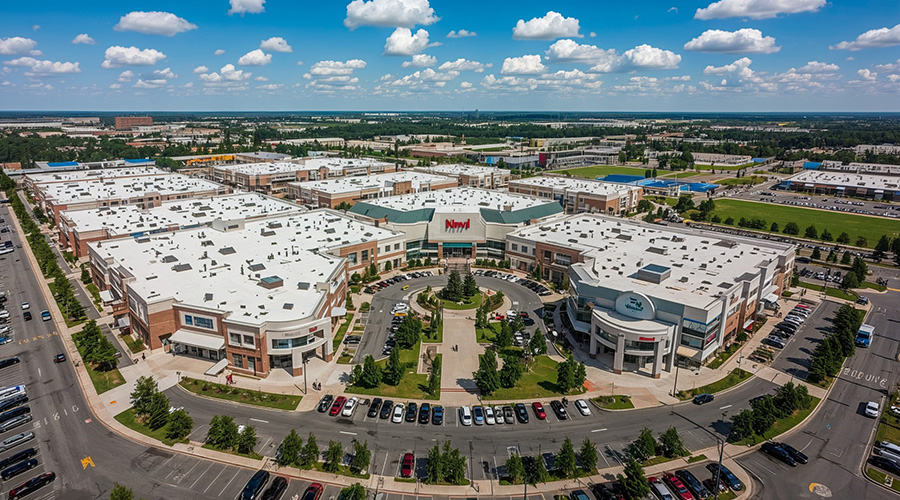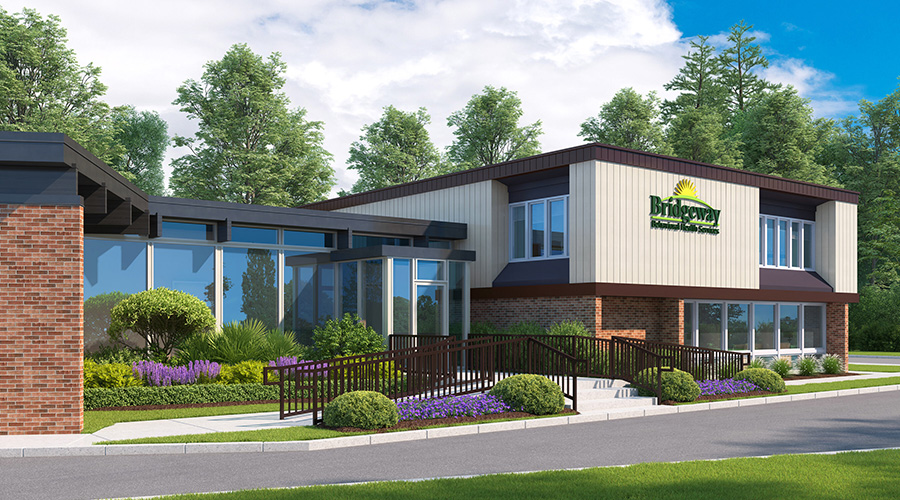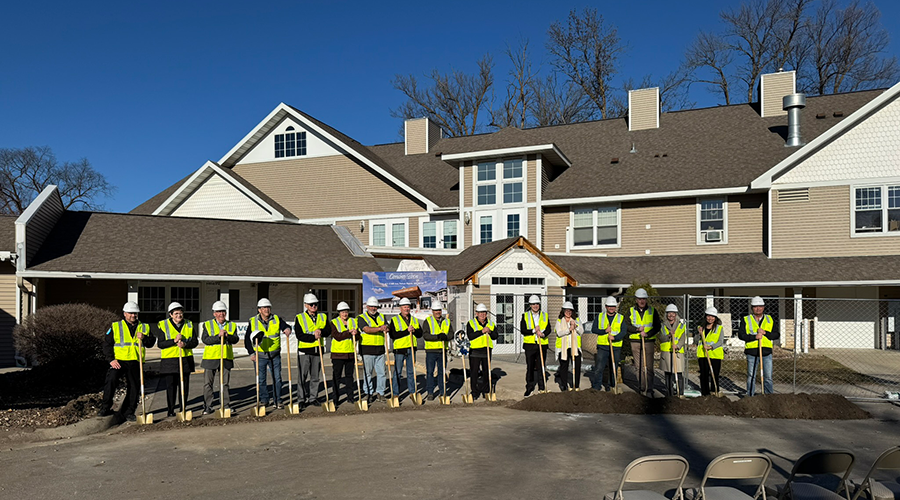After seeing healthcare construction escalate significantly over the past few years, 2024 is seeing more modest but steady growth. Healthcare systems are continuing to invest in building projects, with 38 percent increasing their budgets to plan for long-term growth and 45 percent maintaining their current budgets.
Healthcare facilities managers overseeing these projects need to efficiently balance escalating material costs, labor shortages and supply chain challenges that impact schedules and budgets. Difficult decisions related to informed investments ultimately will impact patient care, sustainability of their facilities and efficiency of their staff, so a strategic approach to capital planning can help managers prioritize projects and earmark funds.
They can consider three steps to building a smarter capital planning process.
Plan early
Getting a head start on comprehensive capital planning can help the process meet the project’s goals. Organizations’ thought leaders invest a lot of time in planning responses to trending delivery models and regulatory compliance, but they understand it can be hard to build the bigger picture. Leaders might identify the need to have a patient care space or a modality operational by a specific date, but aligning the key steps from start to finish to meet the schedule is challenging.
A project that was expected to be completed in six months might have its mobilization impacted by the current material and equipment lead times, or it might require prior relocation of existing service lines. That also means the cost and associated potential revenue of the new space might need to be included in a different year’s budget than originally projected.
It is common for healthcare organizations to have a long list of essential project features, but they are uncertain about when to implement each one. Working with a knowledgeable planning partner with a background in pre-construction and estimating can help managers create criteria for project prioritization and provide cost inputs for long-term financial forecasting.
It is important to create a detailed schedule early and set project milestones for every aspect of the project. Then it will be easier to determine when funding needs to be released, permits need to be approved and the ultimate timing when the space can be occupied.
Estimate differently
Accurate estimates are essential to eliminating the need for late-stage value engineering and reducing the need to cut or remove project aspects to stay on budget. Relying on a potentially outdated budget based on cost per square foot for similar projects can be misleading.
Previous project costs alone do not lead to accurate estimates. Inflation, the escalation of material or construction costs, and the unique attributes of each project mean the square foot cost is dynamic.
Understanding that the planning-design-construction process duration is unique for every project, it is critical to accurately forecast the project start date and understand the effect of potential escalation on the base costs for different types of healthcare buildings in different locations. It also is crucial to assess potential unforeseen expenses that might arise connected to environmental or other issues that might be uncovered.
To do that, managers should use a different type of estimating approach that does not just incorporate historical data but also looks at a variety of factors, such as the current market value of costs, labor rates, production rates, equipment costs and other specific design elements. Riley Construction uses a tool with a 3D model that incorporates various project components, making it possible to pinpoint costs with extreme accuracy.
For example, if a hospital is considering repurposing underused spaces, the tool can easily compare the construction costs of various options, such as a primary care setting vs. an emergency room. For each scenario, many factors will need to be considered, from door hardware to alarm systems and wall finishes to tamper-resistant light fixtures. Considering all these components will result in a much more accurate estimate.
Consider logistics
Another aspect of the capital planning approach is creating an accurate project scope early to schedule for long lead times, critical infrastructure components and the overall administration of the facility. Scope creep is real and can have major financial consequences for a healthcare project. 75 percent of recent projects saw cost increases and delays, according to the 2024 Hospital Construction Study by the American Society for Health Care Engineering.
Effective logistics planning can significantly reduce costs and the impact on other departments and the rest of the healthcare system. Pre-construction analysis by a construction partner can help pinpoint the best approach and predict potential challenges that might arise during construction. The thoughtful analysis of the project’s effect within the community and the feasibility of the physical space – whether the renovation of an existing facility or new construction – will allow for the safe and efficient operation of the balance of the facility.
Sometimes, it is determined that a healthcare network will need to perform its project in phases to cut costs. But at other times, this is less efficient and more expensive.
For example, Riley Construction was remodeling and building an addition to a cancer care center that was initially planned in phases. To avoid closing the department, which would cause great inconvenience to patients and disrupt the efficiency of care, Riley planned a temporary space for infusion bays. This tactic allowed the department to function while completing the project in one phase, saving time and resources and minimizing disruptions to patients.
Smart capital planning that ensures informed investments are thoughtfully implemented is a key part of every successful healthcare organization’s long-term strategy. Facilities managers understand the need to balance their continuous demand for new or improved infrastructure with the realistic allocation of available funds, all while carefully evaluating market trends and the ever-changing patient care model.
Chris Meier is a project executive at Riley Construction.

 Healthcare Is the New Retail
Healthcare Is the New Retail Bridgeway Behavioral Health Services Launches Campaign to Renovate Health Center
Bridgeway Behavioral Health Services Launches Campaign to Renovate Health Center Ground Broken for New North Dakota State Hospital
Ground Broken for New North Dakota State Hospital AI Usage for Healthcare Facilities
AI Usage for Healthcare Facilities Ground Broken on Pelican Valley Senior Living Modernization Project
Ground Broken on Pelican Valley Senior Living Modernization Project